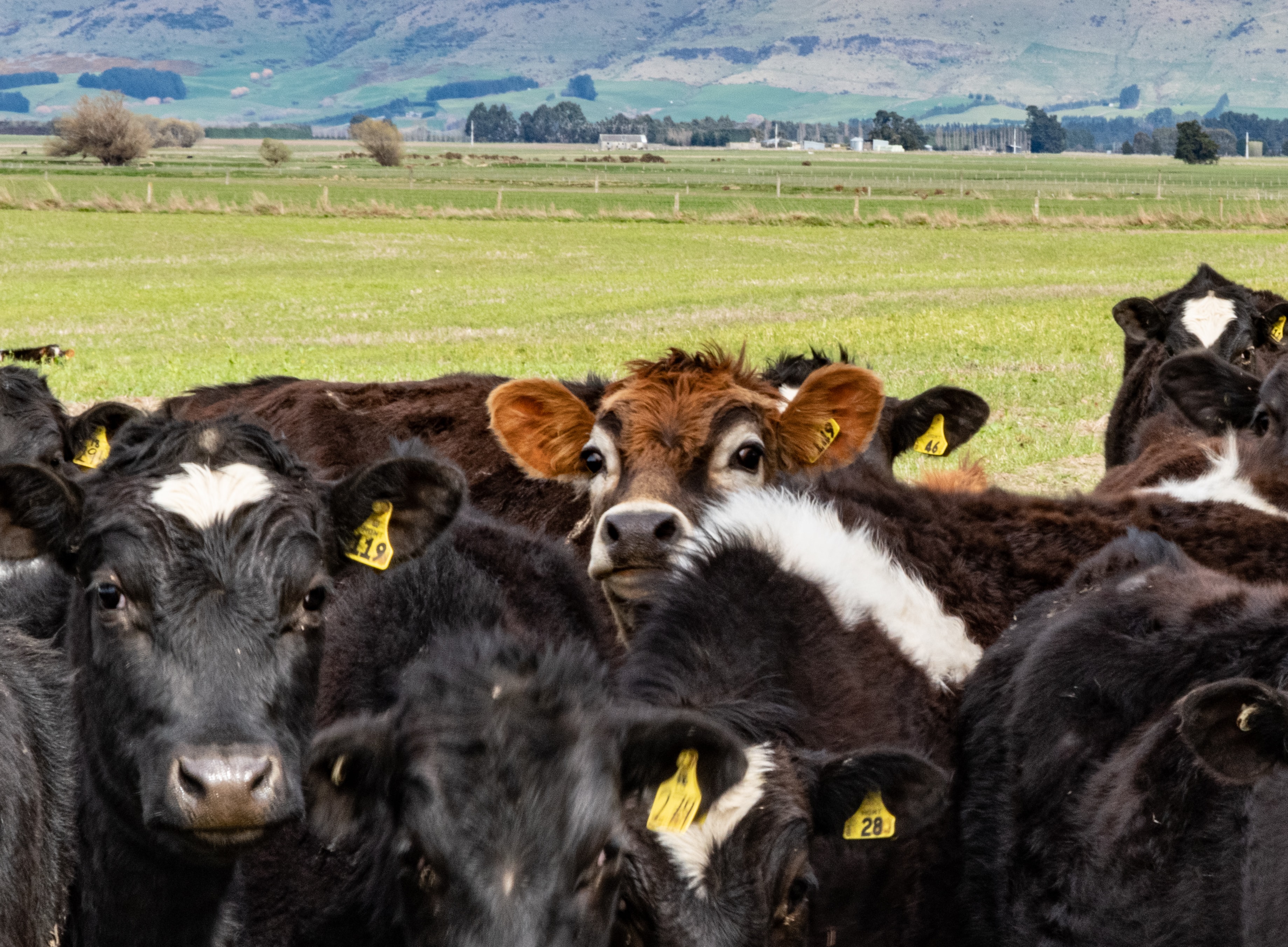Agricultural Environmental Legislation Changes in NZ
Within the veterinary community there is a growing appreciation of the focus our clients and governments are placing on food security and the climate. The veterinary industry has an important role to play in supporting the achievement of these new targets and making changes economically, environmentally and socially sustainable.
The agricultural industry in New Zealand is hugely important to the economy, contributing approximately 5% (over $10 billion) to the country's GDP. It is also export dependent, with 95% of dairy products traded overseas in 2019, supplying ⅓ of global trade. This reliance on primary industry exportation has led to pressure on the agricultural industry to move forward quickly on environmental policy, as ‘sustainability’ becomes a baseline for trade agreements and no longer a premium.
The NZ developments in legislation are largely focused on two areas:
- Preventing the degradation of freshwater and making immediate improvement of water quality
- Monitoring and reducing carbon based emissions
They build upon national and international commitments, including the Treaty of Waitangi and The Paris Agreement. Alterations include restrictions on land use changes, more stringent rules on stock holding and exclusion areas, a ‘sinking lid’ on animal numbers, restrictions on Nitrogen and Phosphate applications, specification of winter grazing rules, wetland management and taxation of emissions.
The progressions in policy will have dramatic consequences at the individual farmer level. In the 1980’s the NZ government eliminated agricultural subsidies which initially devastated the farming community, but the response of farmers was rapid and effective. It is predicted that these policies will be their next big adaptation and farmers certainly have a challenge ahead, as they change the framework of what a productive farm looks like.
The implementation process has not been without turbulence. At one point, over 100 pieces of farm machinery were used to clog a southern city's main streets to portray some farmers' dissatisfaction towards the new rules. Subsequent consultation with industry groups should have eased this transition. However, there is still a feeling that these pro-environment regulations need to be more pragmatic and need to allow farmers and businesses adequate time to adjust.

Ultimately, it is the responsibility of the land owner to understand, and use these changes to build resilience and therefore value into their properties. However, the lag in investment and return from planting out wet areas of farm or reducing total cow numbers makes the transition unsettling, to say the least. Support and funding is available to help ease the initial financial commitment, although the associated paperwork required is reported to be not insignificant. It would be ideal to engage the wider community in helping. Farmers could consider inviting school groups to plant trees or approach corporate sponsors to provide technology required. These changes in regulation are for the good of the entire country and so the process could also be shared.
Evolution of agricultural systems is the only option as the social expectation is for the agricultural sector to continually improve their environmental management. Farmers are frustrated that this process seems to be one-sided: that the focus is focused on rural areas when urban impacts on waterways and the environment are overlooked. To some extent this is a valid criticism, and the importance of continuing to produce quality food for global consumption is sidelined by these new rules. But this is also an opportunity for New Zealand farmers to continue to lead in the food production space in terms of producing the best food with the most sustainable practices.
Active multidisciplinary cooperation between neighbours and within catchment groups will continue to be vital as the industry protects the nation's natural resources. Local veterinarians will have much to offer and should be a part of this change process. As non-regulatory rural professionals that are on farms regularly, vets should be aware of the changing regulations and work with their clients to find methods to optimize production while balancing environmental responsibilities. We are often involved in policy discussions with our clients such as tail docking regulations and travel regulations; environmental legislation is no different and vets have many of the skills required to rise to this challenge.
An important role for us as veterinarians is to support farmers through these inevitable changes, without getting dragged into polarising debates. Farmers look to us for advice and sometimes to paint a broader picture; and whilst they may have strong views when they feel their livelihoods are threatened, we have a unique role in supporting and guiding them successfully through changes, whilst at the same time constructively challenging conflicting viewpoints.
This article was written by Eleanor Robertson, mixed vet, practicing in the South Island of NZ.
To keep up to date with our work please follow our social media channels, Twitter and LinkedIn, finally make sure you sign up to our newsletter by registering as a user on our website - here.
